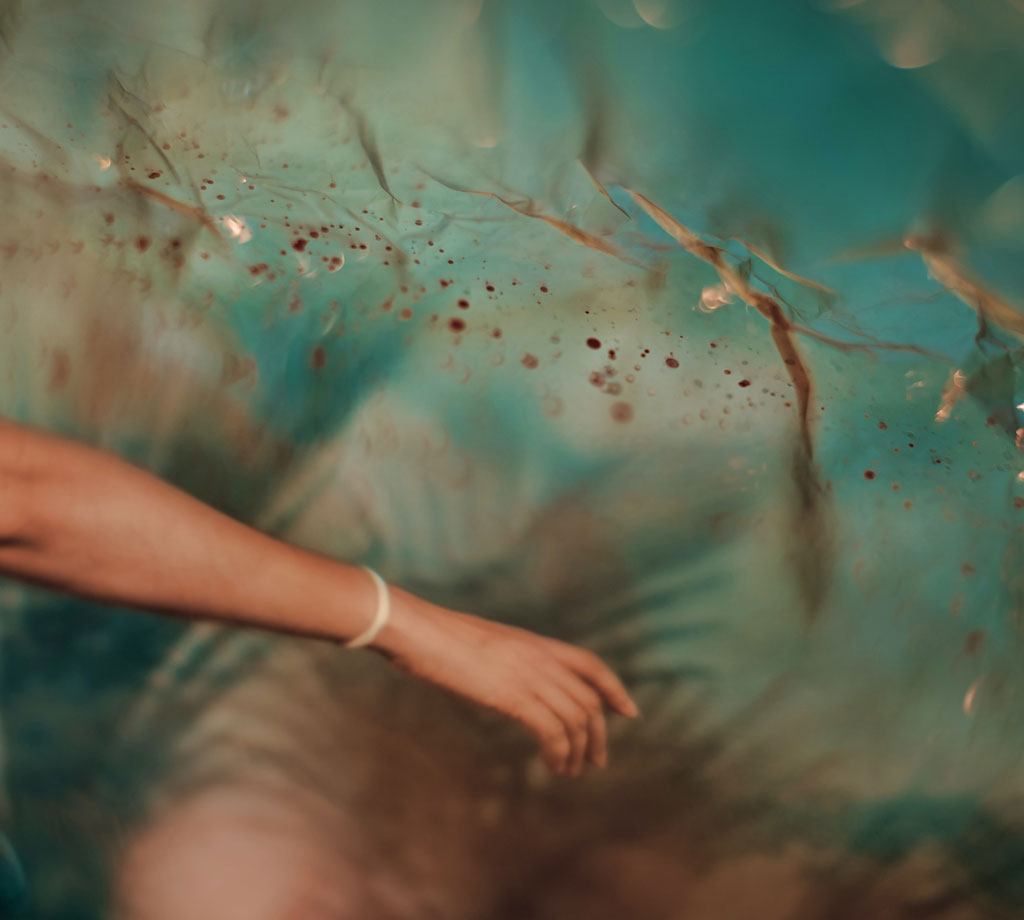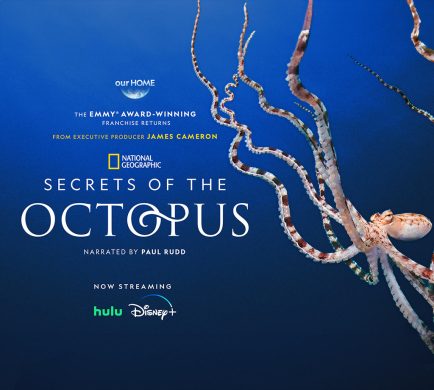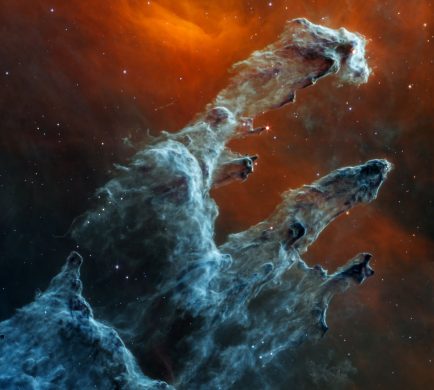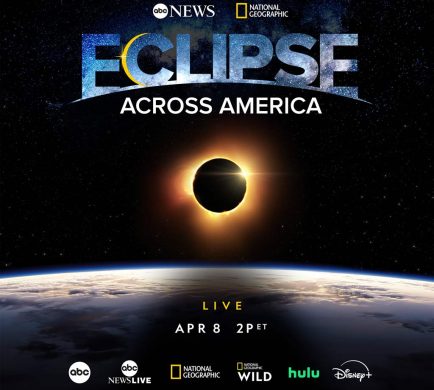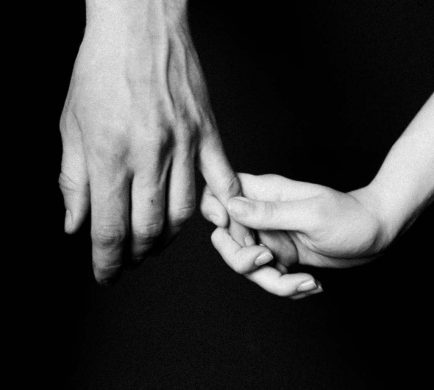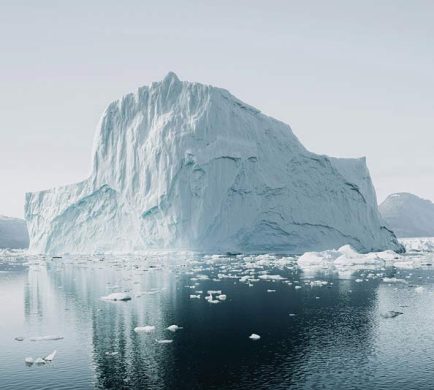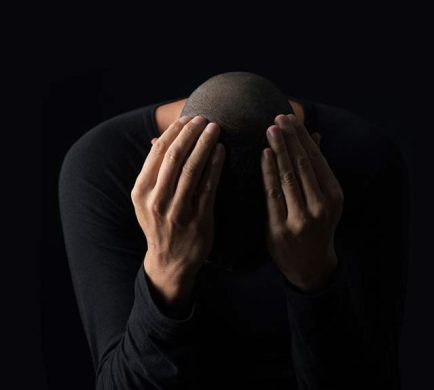An Excerpt by Anna McKerrow
Healing is not always pretty.
When I say healing, I mean emotional and spiritual healing.
(Although healing from surgery isn’t the most gorgeous thing either, I think we can all agree – scarring, soreness, physiotherapy – but usually worth it. Plus: hospital-grade painkillers! Hurrah!). As someone who has pursued a variety of what we might call non-traditional healing approaches for my emotional pain and mental health, I can reassure you, hand on heart, that the most effective therapies and breakthroughs I’ve had have been accompanied by plenty of snot, panda eyes, unattractive grunting, and bawling.
The other common feature is that usually, these experiences have taken place in some remarkably underwhelming locations, including an army base, a primary school hall, various cramped suburban lounges, and (my personal favorite) the room above a mechanic’s workshop on an industrial estate, with the mechanic at work downstairs.
Now, I don’t know about you, but I tend to imagine healing happening somewhere like a beach in Bali, where a Reiki Master called Skye rows me out to one of those houses on stilts over the crystal-clear water. As I lie face down on a treatment table, maybe listening to harp music, I watch tropical fish dart in the shallows under me and ride the waves of bliss as Skye transports me to a rainbow kingdom where I receive unimpeachable wisdom from Jesus, Ganesha, and Quan Yin. Right? Surely this is what emotional or spiritual healing is all about.
Don’t get me wrong; I’m saving up for Bali (and Skye, if you’re reading this, give me a call); I’m a huge fan of luxury spas, and I never met an aromatherapy massage I didn’t love. Give me five-star luxury all day long, please, with a side of
mai tais and designer-scented candles. But all I can say is that in my experience, at least, profound healing didn’t come for me in a luxurious setting – which, quite honestly, is a massive bummer. I wish it had.
It came for me on drizzly days in February, where, after the session, someone’s car wouldn’t start and had to get towed away. It came for me in suburban semi-detached houses with grimy bathrooms, dingy south London community centres, and, yes, occasionally, the odd field. I have eaten a lot of custard creams in my pursuit of better emotional and spiritual health – in fact, probably nothing symbolizes my journey to healing better than that cheapest and yet (controversially) most-loved British biscuit. I’m not complaining about the custard creams, but, you know, they’re no chocolate hobnob. Don’t email me with your arguments about Oreos.
I’m someone who has always believed that there is more to the world than meets the eye. I was brought up to be open to ideas like life after death, reincarnation, and the spirit world. So maybe that meant that I wasn’t as resistant to alternative healing techniques as some might be. Nowadays, I’m a Reiki Master, and I’ve found my belief system best expressed by a pagan worldview (that all nature is sacred and that there are many gods and goddesses I can connect to), as well as that of modern witchcraft, which teaches us that we can be active agents in our own growth by recognizing the subtle energies that exist in the world.
However, I’m also a mum; I have a normal job, I spend what seems like endless hours every week vacuuming and loading and unloading the dishwasher, and I spend most of my time doing normal things like binge-watching detective TV series, food shopping, cycling around rainy parks and gossiping with my friends. So, yes, by having some alternative world views to start with, I might have had fewer mental obstacles in my way when starting my healing path than some. But if that makes me a more experienced healer friend for you, then that’s a good thing, right?
Whoever you are, if you’ve never thought about where healing could take you, let me at least show you where it’s taken me. What have you got to lose?
But why would our souls choose pain – physical, emotional, or mental? Surely it’s to be avoided at all costs? It’s a bit of a counter-intuitive concept, especially if you’ve been raised in a largely secular society informed by a Judaeo–Christian worldview (as I have). If you are a Hindu or a Buddhist, you have a different view of how pain and destruction feature in life. In Hinduism, you have the goddess Kali whose purpose on Earth is destroyed. She is the ending of all things. She is the pain that comes so that the healing may begin. She is dark so that the dawn may break. Kali is to be honored, like any other god, as having her natural space in the universe.
Alternatively, Buddha teaches us about the “two arrows”. The first arrow is pain, which is inevitable. The second arrow is when we “shoot” ourselves with fear, resistance, and judgment of the pain. If you are a Buddhist, you are taught to have a relationship with pain rather than ignoring it, medicating it away, and denying it ever exists. Physically (and mentally and emotionally), pain exists to tell the body/mind/heart that something is wrong. Pain is a symptom. It is not the original problem.
Living in Judaeo–Christian-influenced cultures means that we are more likely to have a strictly binary view of the world: good–bad, light–dark, heaven–hell, pain–pleasure, male-female. In the Christian view, we must strive towards goodness; heaven is the goal in the afterlife, and we are supposed to resist the devil on Earth who plagues us with pain, suffering, sex, “temptation,” and human frailty.
For me, it makes a whole lot more sense to consider our lives on this material plane of Earth as a place where we learn to live with pain and to heal from it. If Earth is as generous as it is in providing countless opportunities for suffering, there must be a reason. I see pain as part of being human, and in our pain, we have opportunities to heal and become powerful beings.
There is no real reason to attach emotional judgments to pain or to things like disease. It’s hard not to, of course. We’re terrified of diseases because they cause pain, discomfort, and sometimes death, but viruses and bacteria, and other things like cancers and inherited conditions are not inherently evil. All we can really say about them is: they exist. We can mitigate against them by cleanliness, vaccination, medication, and maintaining healthy lifestyles, but they’re part of our lives. Pain in itself is not evil. There’s no consciousness to it; it’s just your mind/body/heart saying I need help. So, in many ways, pain is a good thing if it signposts us to help ourselves.
As for the rest of the suffering in the world? Humans created it all because humans are imperfect beings. All we can do is accept it, decide how best to respond to it in a responsible and caring way, and, I believe, raise our own personal
“vibration” by doing our own healing work. When we heal ourselves, we can then make choices that don’t perpetuate the existing patterns that we find repellent in the world (I think it’s important to phrase it this way because there are many truths and beliefs in the world, and as long as they come from a place
of love and compassion, how can any of them be wrong?). For example, you do some healing and feel strong enough to come out as a lesbian, thereby living your own life more authentically and helping to move humanity forward
toward greater LGBTQI visibility and acceptance. Or I do some healing around my trauma about being bullied and then feel able to end my abusive relationship, indicating to my partner that that behavior is not acceptable. Our healing enables us to act.
If we believe that pain is an acceptable and inevitable part of life, then we can’t ever judge anyone for making “mistakes” – after all, to err is human. If healing (and generally living life) has taught me anything over the years, it’s that we are all on our own journey, and it’s pointless to judge others. Walk a mile in someone else’s shoes, as the saying goes. In my view, everyone is here on Earth to experience something, but it’s not a set curriculum. One size does not fit all. All I can tell is my story.

